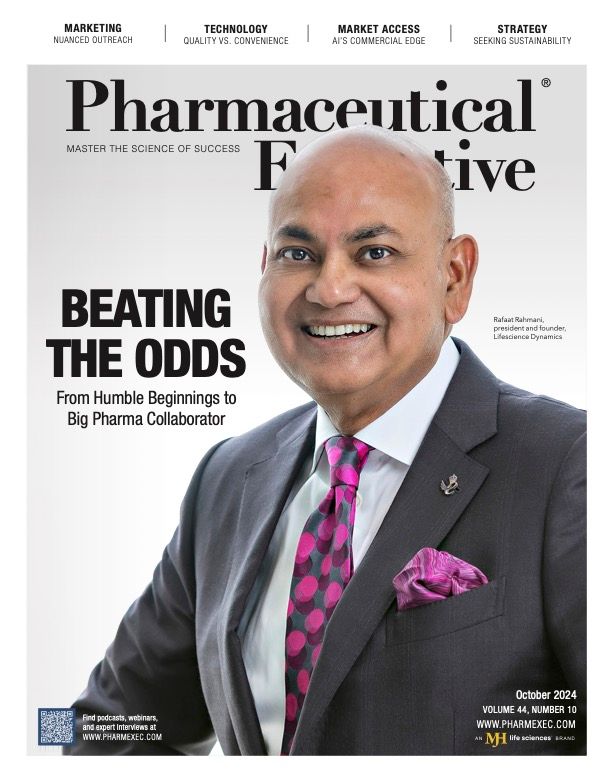Trading Quality for Convenience? The New Tech Balancing Act
Announcements such as Apple’s come with pros and cons for industry.

Due to the massive upgrades in consumer grade technology, many people often refer to modern times as living in the future. While we don’t have flying cars or teleporters yet, there have been a significant number of technology advancements in the past two decades that have completely changed society. While it’s clearly said in jest, it often does feel like today’s world is a vision of what people in the ’90s thought the future would look like.
One aspect that many got wrong back then about today’s world, however, is the number of gadgets we’d all be carrying around. One of the most amazing aspects of the technology advancement over the last 20 years is how we’ve been able to squeeze more and more functionality into less and less devices. It wasn’t that long ago that people had to carry around separate devices to use as phones, music players, GPS devices, video game players, etc. In today’s world, someone with an iPhone can do all those things with just that one tool.
Naturally, healthcare devices are starting to be integrated into this ecosystem as well. The Apple Watch, for example, has long been able to be used as a personal health monitoring device. It can track health-related stats such as the number of steps somebody takes in a day to direct healthcare “vitals” such as blood pressure and oxygen levels.
And now, with Apple’s latest announcement, the iPhone is directly entering the personal healthcare device market.
Users who have paired their phones with Apple’s latest Air Pods will have the option to use them for both hearing tests and as hearing aids. There are definitely some upsides to this. For example, many people already own Air Pods, so if they develop hearing issues, they don’t have to go out and buy new devices.
Of course, there are downsides to this as well. I spoke withSreek Cherukuri, MD, about Apple’s latest unveiling. As an ENT physician located in Chicago, IL, he regularly deals with patients who have various levels of hearing loss. He had several concerns about this news, but the main issue seemed to be with the perception the public will have of it. According to Cherukuri, the level of volume boost that the Air Pods can provide can be helpful to people suffering from mild-to-moderate hearing loss. However, as hearing loss gets worse, the Air Pods will not be as effective at providing assistance, he says.
The problem, Cherukuri explains, is that those using the Air Pods may just assume that the devices are more capable than they actually are. They start to have hearing issues and the Air Pods work, so the patient assumes that they’ll always work. Hearing loss is often progressive, and it’s not uncommon for patients to slowly lose hearing over time. This can be difficult for them to notice, mainly due to the gradual nature of the hearing loss.
For people with more significant hearing issues, the Air Pods won’t provide as much help, according to Cherukuri. That may lead those individuals to believe that hearing aids in general won’t be helpful. It’s possible that people may be dissuaded from seeking actual hearing aids simply because their Air Pods aren’t powerful enough to help them with their specific needs.
This isn’t to say that Apple’s latest update is without excitement. The new functionality does demonstrate how the healthcare industry may be able to solve many problems using technology that patients already own. It’s important to note as well that the FDA approved Air Pods as over-the-counter hearing aids, so the devices do have medically significant usefulness.
But this is also a good example of how important it is to remember that healthcare devices are complex machines that can provide incredibly important data to healthcare providers. As previously mentioned, the Apple Watch can take and collect important measurements. However, it’s not going to be as accurate as dedicated devices will be. The Apple Watch may be effective for general health monitoring, but people dealing with serious issues may not be able to rely on it for their needs, experts have noted.
As home monitoring technology continues to evolve, the industry needs to be ready to explain to the population the difference between general-use devices and specific medical devices. The iPhone can be both a video game player and a health monitoring device, but in both cases, it won’t be nearly as good as a dedicated device. The difference is that a mediocre video game player can still be fun, while a medical health monitoring device can produce serious consequences if not approached correctly.
Mike Hollan is Pharm Exec’s Assistant Managing Editor. He can be reached at mhollan@mjhlifesciences.com.

Is Artificial Intelligence a ‘Product’? Products Liability Implications for AI-Based Products
April 10th 2025As the physical products we use evolve to become increasingly complex, traditional products liability frameworks may not always fit to provide remedies for harm that can result from using novel product types.